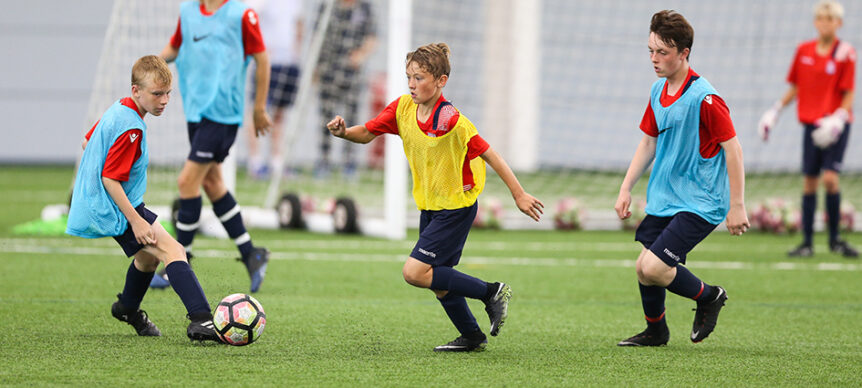Johnson, D., Williams, S., Bradley, B. & Cumming, S. P.
Ann. Hum. Biol. 50, 452–460 (2023).
Background: The adolescent growth spurt is associated with an increased risk of injury in young athletes.
Aim: This study aimed to use an interdisciplinary collaboration between technical coaches, sports scientists, and medical staff to mitigate this risk.
Subjects and methods: 77 male academy footballers were followed across two seasons. At-risk players were identified using somatic maturity status and growth rate in stature and the lower limbs, using thresholds of 88% to 92.8% of predicted adult stature, ≥7.2 cm/year, and ≥3.6 cm/year, respectively. During the 2019–20 season, players with symptoms of a growth-related injury or two of three risk factors were included in an intervention strategy that included modified training load, football-specific skills, balance, coordination and landing drills, and an individualised strength program.
Results: For players with the three risk factors, there was a significant reduction in the incidence (rate ratio [RR] = 0.14 (5.2 per 1000h → 0.8 per 1000h, p = 0.05) and burden (RR = 0.08 (216 per 1000h → 17 per 1000h, p = 0.02) between the seasons. For players with ≤2 risk factors, there were no significant differences in injury risk between the baseline and intervention seasons.
Conclusion: Overall, it may be possible to mitigate injury incidence and burden during the adolescent growth spurt in high-risk athletes.

